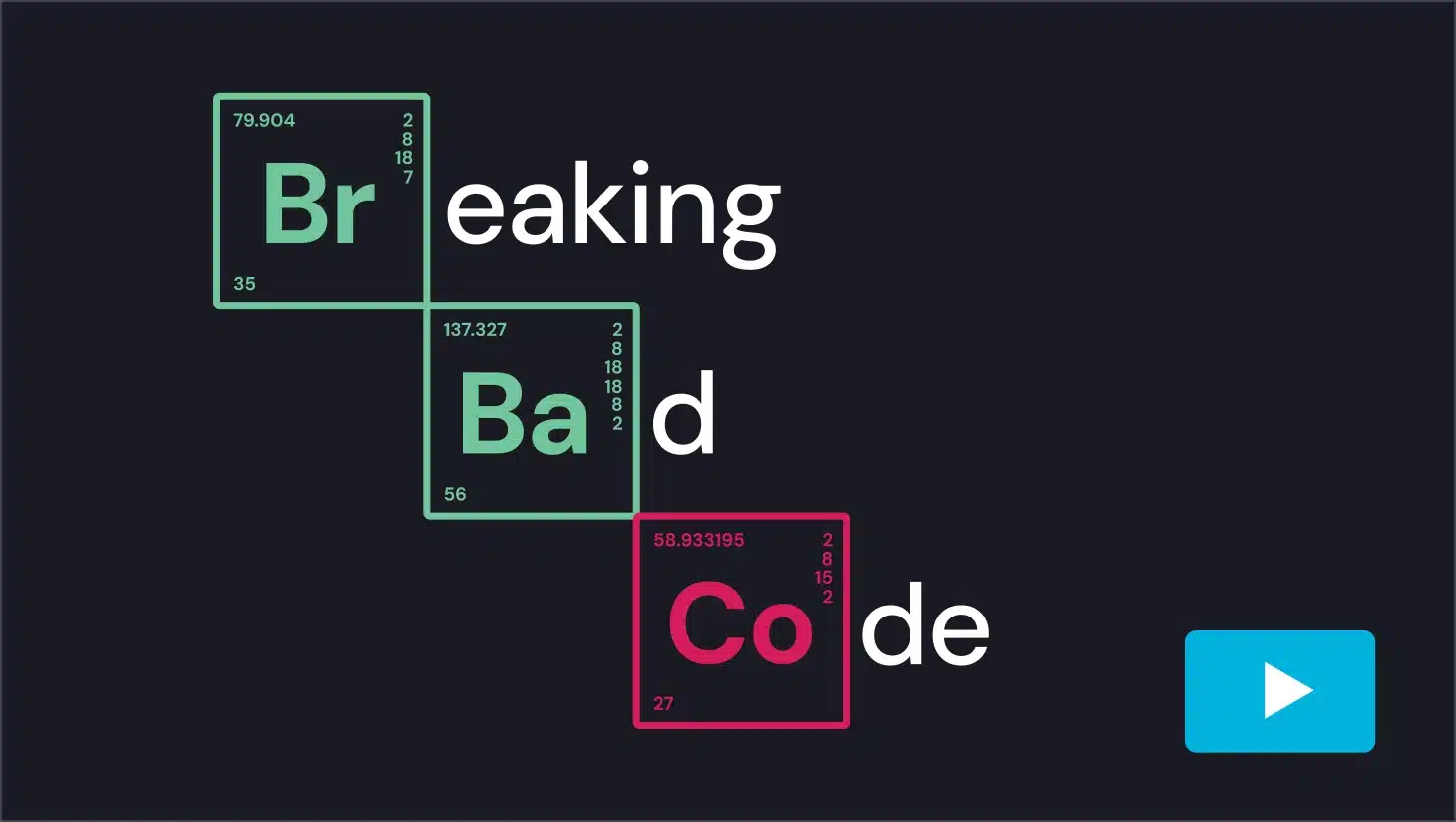In this webinar, learn how vFunction + AWS Migration Hub Refactor Spaces automate the strangler fig pattern for modernization of complex and legacy .NET and Java monolithic applications.

Architectural observability demo
Watch Now2025 Architecture in Software Development Report. Rethinking the role of architecture in the age of AI.
Download Now
In this webinar, learn how vFunction + AWS Migration Hub Refactor Spaces automate the strangler fig pattern for modernization of complex and legacy .NET and Java monolithic applications.
Discover how vFunction accelerates modernization and boosts application resiliency and scalability.